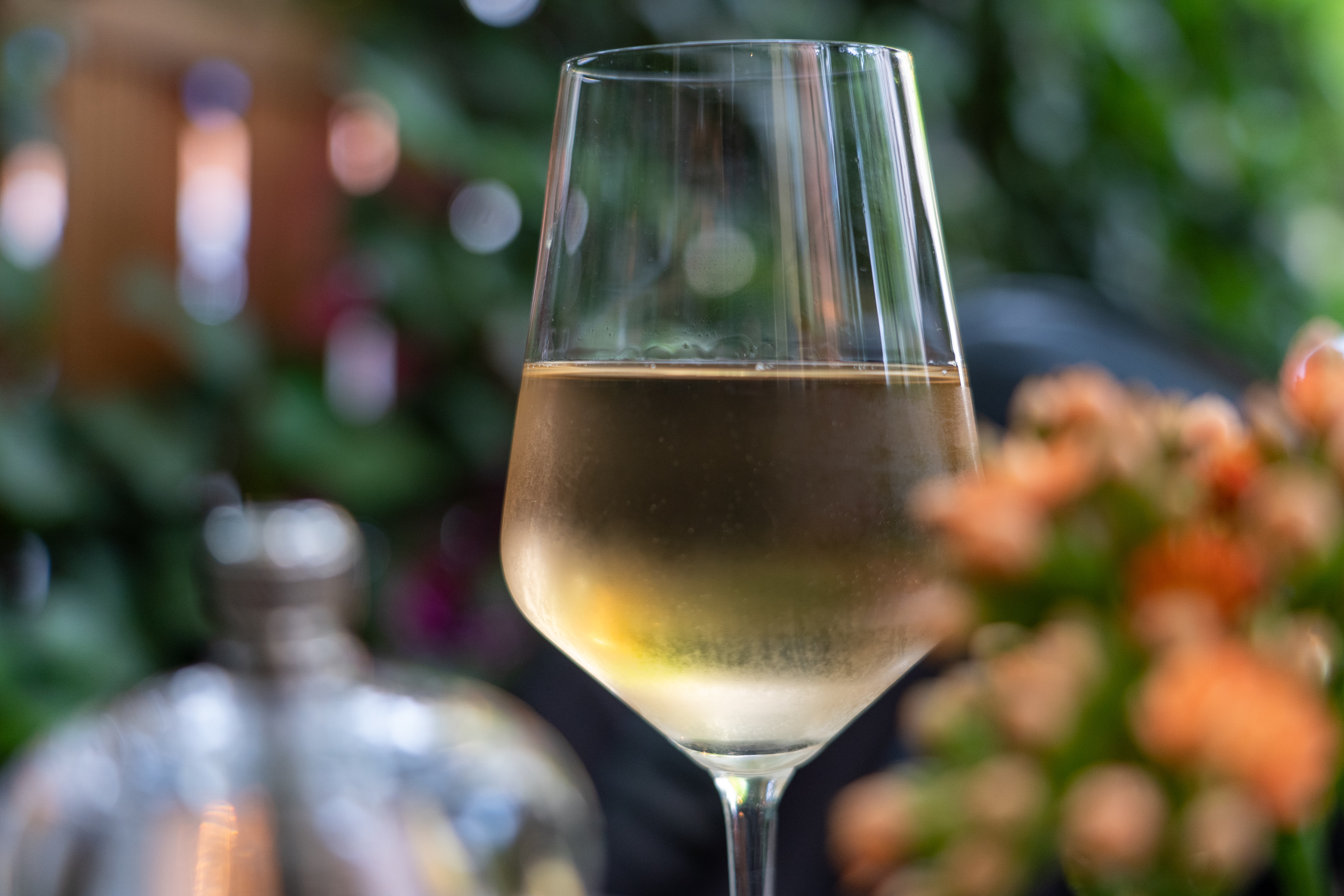If you’re new to the world of wine, you might be wondering what all of the fuss is about when it comes to sweet white wine. Sweet white wine is a type of wine that is made from white grape varieties and has a sweet taste. This type of wine can be enjoyed on its own or paired with food. In this blog post, we will discuss what sweet white wine is and what are some of the best varieties to try!
What is “Sweetness” in Wine and How is it Determined?
The amount of residual sugar (RS) in the wine is used to determine its sweetness. This is the natural sugars (fructose) in grapes that remain in the wine after alcoholic fermentation.
The amount of residual sugar in a given volume is measured in grams per liter, with 1% sweetness equaling 10 grams per liter.
During fermentation, yeast converts sugar to alcohol. As a result, the more alcohol a wine has, the less residual sugar it will have in general.
A dry wine will have some residual sugar in it, but most people can’t detect sweetness levels below 1.5%.
Sweet wine: How do you go about choosing one?
A winery’s alcohol content (Alcohol By Volume, or ABV) is an excellent indicator. A dessert wine with an ABV of less than 12.5 percent will almost certainly be sweet. Moscato, Asti Spumante, rose wines, and Riesling wine is all low in alcohol at 9 to 10 percent ABV.
How is sweet wine different from dry wine?
Red and dry wines are the polar opposites of each other when it comes to sweetness.
In dry wines, all of the grape sugar is transformed into alcohol, but a sweet wine still contains residual sugar. “Off-dry” or “semi-dry” wines will have a mild sweetness from the residual sugar, but not as much as in a sweet wine.
What other factors influence the taste of wine, aside from residual sugar content?

Factors Affecting the Sweetness and Taste of Wine
The variety of grape used is the main factor that determines the sweetness of a wine.
Wine aroma
A wine that has a pleasant or ripe aroma is more likely to be sweeter in taste.
A fragrant wine will have sweet flowery notes, such as Moscato, Riesling, and Gewürztraminer. As a result, a Moscato that smells of tropical fruit may taste sweet.
However, there are exceptions: a floral dry Riesling or the faint honeysuckle of Pinot Grigio wine that smells sweet on the nose may not taste sweet at all.
Wine acidity
Tannins are not the same as acidity. Acidity is a flavor, but tannin is more of a sensation. The tart, sour taste of wine and its crispiness can be attributed to acidity.
Sweet white wines, on the other hand, do have acidity. The sweetness in wines is balanced by acidity. Sweet German Riesling, for example, has a high acidity level.
Winemakers in cooler climates tend to create grapes with higher acidity and less sugar, whereas those in hotter areas produce wines with more acidity and more sugar. The wine’s final flavor will be defined by the winemaker’s methods.
Tannins in wine
Grape skins, stems, and seeds are the source of tannin. Since most white wines aren’t made with these grape components, the tannin content will be minor (unless we’re discussing the rare Orange Wine or Chardonnay aged in oak barrels).
The astringency and bitterness in your mouth come from the presence of tannin, which is what gives you that repulsive sensation and makes your lips pucker (think about ordinary, thick, black tea).
Tannin, on the other hand, is only one of the many components that can contribute to a wine’s dryness. Sweet white wines, such as Gewürztraminer, are also tannic (where the grape skin stays in touch with the grape juice during processing).

Food Pairings for Sweet White Wine
It’s surprisingly simple to match your sweet white wine. Here are some suggestions:
- Salty foods: Try ice wine with cheese or salty, savory almonds.
- Hot and spicy: Try a low alcohol Moscato with a spicy Indian or Korean dish.
- Sour items: A high acidity, sweet white wine can work well with vinegary foods.
- Bitter bites: Think sauerkraut and Riesling.
- Desserts: Desserts with caramel or fruit work very well with a dessert wine.
Sweet White Wines to Try
Here are some of the best sweet whites to try.
Sauternes
The French region of Sauternais in Bordeaux produces Sauternes wine. It is made from a blend of the Semillon, Sauvignon Blanc, and Muscadet grape varieties that have been affected by noble rot. This wine has significant aging potential.
Riesling
Riesling wines can range from dry to extremely sweet, with apricot and apple notes frequently coming through. Germany and Alsace are two of the most well-known wine-producing regions in France when it comes to sweet Rieslings.
In Germany, sweet Riesling is divided into Spätlese (early spätlese), Auslese, Beerenauslese (TBA), Trockenbeerenauslese (TBA) and Eiswein.
Vin Santo
The Trebbiano and Malvasia white grape variety is used to make this lovely Italian wine.
Tokaji Aszú (Tokay)
The world’s oldest sweet wine, Tokaji Aszu wine has been produced in Hungary’s Tokaj province since the 16th century. It’s a red wine that is produced from noble rot-infected grapes, including the Furmint grape and other authorized white varietals such as Harslevelu, Yellow Muscat, or Zeta. Single variety versions are available as well.
Ice Wine
Ice wine, or Eiswein in Germany, is a dessert wine made from any red or white grape that has frozen on the vine after the first frost. Ice wine most often is produced from Riesling, Vidal Blanc, and Cabernet Franc grapes.

